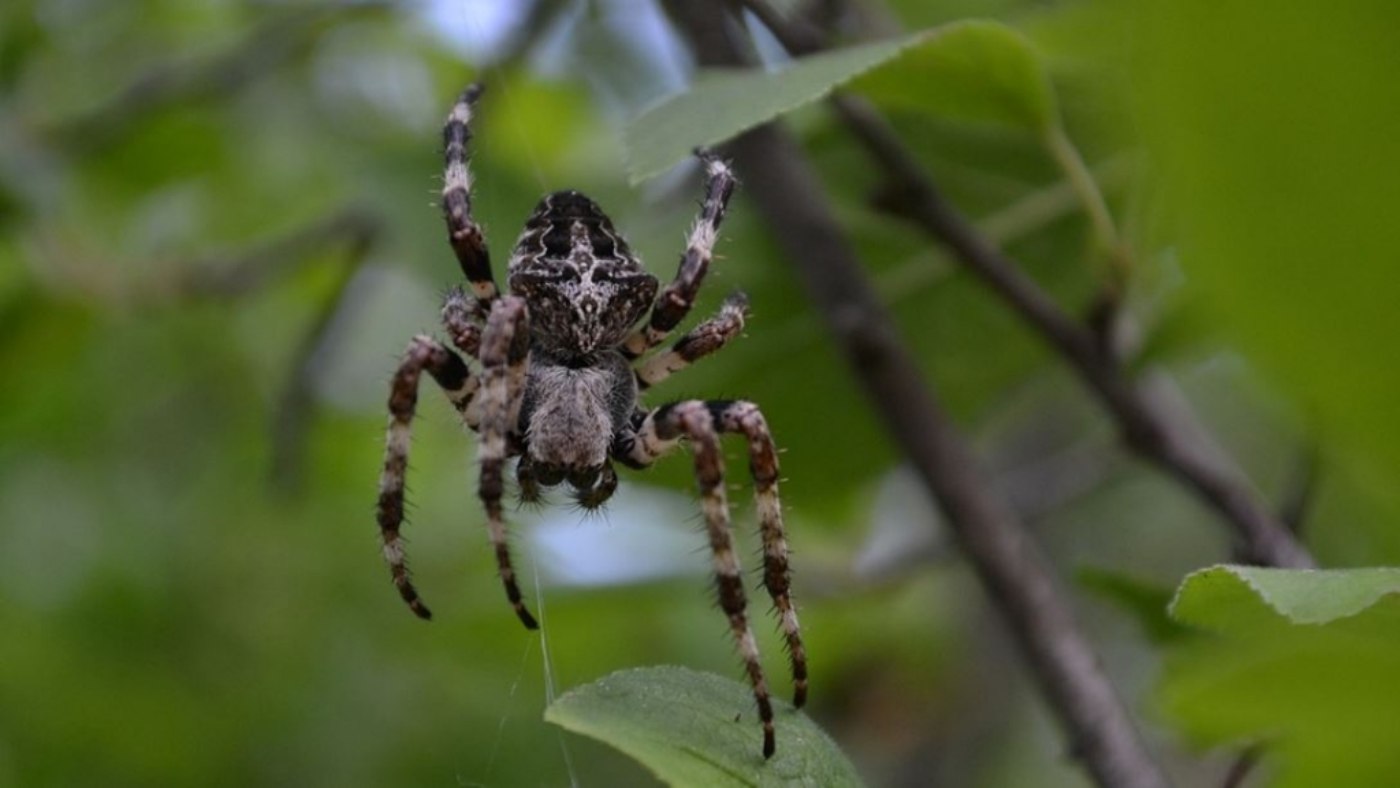Why do some female spiders eat their mates? You frequently hear the words “I love you so much” said between people newly in love. However, there are certain creatures who take this remark to a new level. They eat members of their own species, sometimes even when they’re mating. Particularly, spiders have a bad name for engaging in “sexual cannibalism.” The black widow spider has gained as much notoriety as the red-backed spider and the native cross spider for its reputation as a predator of male humans. Nevertheless, why do female spiders kill and eat males?
Sexual Cannibalism
Sexual cannibalism may be split into two distinct subtypes. The first involves females eating a male before mating, either out of hunger or to prevent mating. This is a common occurrence in a wide variety of animal species. However, this only applies to a tiny fraction of males and is by no means the norm.
Sexual cannibalism also occurs during and immediately after the mating act. Scientists have discovered that females of certain species will systematically murder males if they so desire. For instance, Latrodectus hasselti, known as the Redback spider or the Australian black widow spider, and Argiope spiders fall within this category. Wasp spiders, recognizable by their striped abdomen of yellow, white, and black, are also members of this family.
The Reason
But why would the supposedly cruel and merciless female spiders engage in such strange behavior? They do this so that they may continue mating with different males while keeping the duration of copulation, or sexual intercourse, to a minimum. Finding a mate with the finest genes to inseminate the eggs is the main objective of mating for female spiders.
In addition, the male spider makes a pleasant source of food and energy for females when consumed after being slain. There is a clear advantage to the children from this as well. Studies have shown that female spiders that consume males have bigger clutches (total number of eggs) than female spiders who are not allowed to consume males.
Mating Length is the Key Factor
Even yet, some male spiders still make it through the initial mating without being attacked by the female spiders. Variation exists even within species when it comes to the mortality rate of males following the first successful mating. Males that don’t mate for long enough are also at a higher risk of being eaten.
Those males who get out of the encounter unharmed, however, don’t attempt to get away and instead go through with a second mating, which almost always ends in tragedy. Unfortunately, this still raises one’s odds of becoming a father and having offspring. When a male tries to push his luck and, in the end, sacrifices himself, this still lets him fertilize more of the female’s eggs.
Before making love, the St. Andrews Cross spider (Argiope keyserlingi) uses a webbing to tie its mate to itself. Keeping the male around for longer may be desirable from the female’s perspective if she hopes to increase the number of eggs that are fertilized.
Mates With Smaller Sizes Are More Likely to Be Eaten
However, sexual cannibalism in spiders does not always seem to be caused by competition for evolutionary benefit. Researchers claim to have identified an alternative cause for this behavior. They claim that when men are physically inferior to their female companions, they are more likely to be eaten. This is true of many species, including the North American wolf spider, Tigrosa helluo.
It is interesting to see that a seemingly insignificant factor—the size gap between sexes—plays such a crucial role in determining sexual cannibalism. The trade-offs involved in sexual cannibalism are usually rather simple. When a hungry female spider comes upon a “boyfriend” tiny enough to trap, she can’t stop the urge.
Praying Mantises Also Show This Behavior
The practice of eating and being eaten is not limited to the sexual partners of spiders. Scientists have known for a long time that the phenomena occur in various clades of animals. Some insects, including praying mantises, have earned a reputation for this behavior. These insects’ males have a very perilous existence before, during, and after mating. One Asian species, Hierodula membranacea, has females that have been seen biting off the males’ heads during intercourse; however, the sexual act continues undisturbed.
Sources:
- Sexual Cannibalism: Why Females Sometimes Eat Their Mates After Sex. (n.d.). Discover Magazine.






